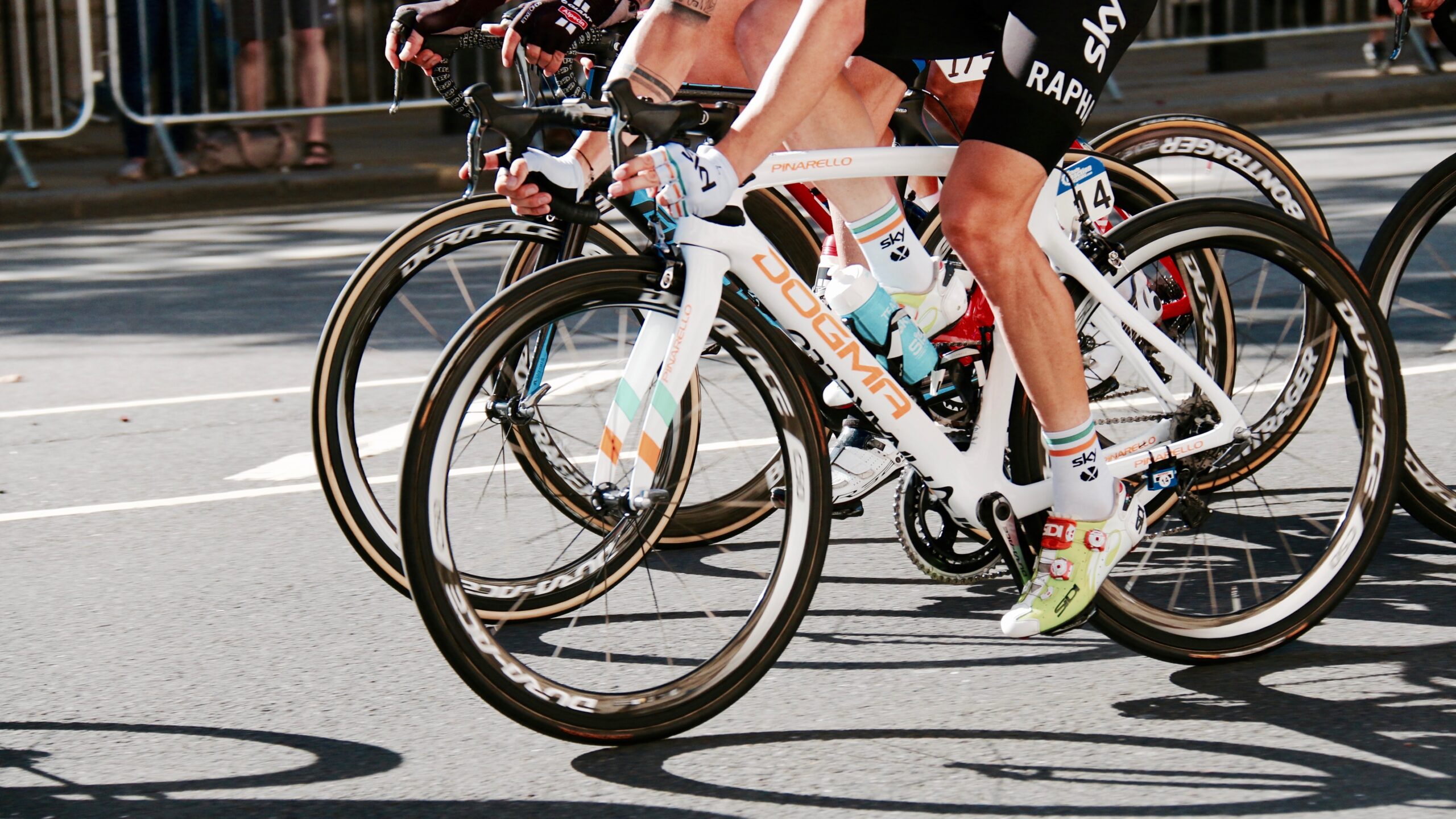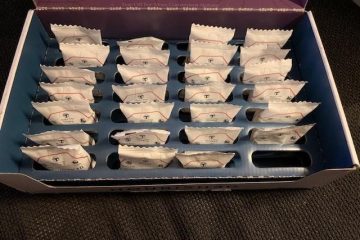Our latest post covers the 5 Best Nutrition tips for cyclists. Helping you understand what to eat and drink during long bike rides. A series of nutrition tips from a member of the Trivelo team who is an expert nutritionist.

Do you need fat to fuel longer Rides?
Adequate nutrition is an essential part of any athletic performance. Although fat can provide energy for the body to use during cycling or any other activity, it does so as part of a combination of other fuels.
We obtain energy from three classes of molecules. Carbohydrates, lipids, and proteins. The potential energy from each group is transformed into other forms of energy depending on the activity we are doing. For example, for cycling, the chemical energy is converted into kinetic energy. This means that we are in motion. During this conversion, first our body selects the main source of energy to fuel the work. That is carbohydrates. The molecules of carbs are broken down into glucose and used immediately as fuel. It is only when we burn all the carbs in our system that we begin to use lipids or fats to fuel the activity. In case you burn all the carbs and fats your body then uses proteins as a last resort.
Fats have nine calories per gram. Carbs and proteins have four calories each. That is why in recent years a few high-fat diets started to be popular. The thought that because fats have almost twice the calories per gram in comparison to carbs and proteins. So, using only fat to fuel activities would ensure longevity. However, studies show that the majority of diets that rely on more calories from carbs than from fats were best for performance. Converting carbs into energy requires less oxygen. Although our body inhales oxygen at all times, during exercises such as cycling the muscles are deprived of oxygen. The carbohydrates are estimated to produce about 20% more energy per unit of oxygen than when using fat as fuel.
If you are a cyclist but not tracking your rides check out our guide on how to use Strava and if you can use it for free.
Does fat burn faster when you exercise on an empty stomach?
While sleeping, your body has already gone through a long period of time without food. That is the reason why your blood sugar level is low. Since fat cannot produce glucose, your body begins to use the muscles to replace it and eventually turn the glucose into energy. When exercising before breakfast, you might feel light-headed, weak and have less stamina. As a result, you might be working out less than you could if you had enough energy from eating.
If you eat less than your body needs before tackling an activity such as cycling your body can go into “starvation mode” and try to adjust to having to use the leftover fat for energy. Therefore, it will store fat more than usual. Beating the whole purpose of exercising on an empty stomach. To get rid of fat faster.

Is low-intensity exercise more effective for weight loss
Through low-intensity exercises, you can burn a higher percentage of calories from fat compared to calories from your muscle’s stored carbs. Whereas throughout high-intensity exercises, you burn more calories from carbs than fat. Knowing this, it is easy to assume that to burn fat and lose weight you should just stick to low-intensity exercises. Right? Well, no.
When it comes to the calories you lose from low-intensity exercises, you will lose more fat than carbohydrates. However, if you compare the calories you burn from fat during low-intensity versus high-intensity exercises, high intensity wins. To put things into perspective. For a 30-minute low-intensity exercise you could burn about 150 calories in fat and less than that in carbs. Whereas for the same amount of time with high-intensity exercises you burn almost 200 calories in fat and more than 200 in carbs.
So, although low-intensity exercises burn a better ratio of fat than carbs, high-intensity exercises burn more fat in general. Therefore high intensity workouts are more effective for weight loss.
For anyone looking for an all-round bike to use we recommend a Gravel bike. Check out our 15 Best Gravel Bikes – 2021 Buyers Guide to Gravel and Adventure Bikes for buying advice on the best bikes and best prices.
Are high-intensity sessions essential for slimming?
Slow and steady wins the race! Although high-intensity sessions are very effective, they are not a must for losing weight especially if you are a beginner. Low-intensity exercises can also help you burn calories and lose weight. Even though this way might take longer.
This myth originates from a study conducted in 1996. The study included elite athletes doing low-to-moderate intensity and high-intensity exercises depending on the VO2 they used. VO2 max refers to the maximum amount of oxygen you can absorb and use during exercise. The first group exercised with 70% use of their VO2 max for 60 minutes. In contrast, the second group exercised with incredibly high intensity. This reached 170% of the VO2 but only for 20 seconds at a time with breaks in between. At the end of the study, the athletes who exercised with high intensity had burned a lot more calories.
The problem is that as soon as the average person reaches 100% of VO2, they might get exhausted and they may not be able to continue any further. So, they cannot fully benefit from the high-intensity workouts as performed in the study.
Therefore, although high-intensity sessions are excellent. They are not ideal or fit for the average person and most definitely not a must for slimming.
>>> 9 of the Best of the Best Triathlon Bikes – Ultimate bike round-up
Is cycling enough to stay slim or do you need to manage your diet?
A study was conducted where three groups of overweight women were observed for a whole year. The first group targeted weight loss through dietary constrictions. The second group did so by cycling, treadmill walking and other related exercises. The third group used a combination of these two methods. In the end, the results showed that the group who participated in diet alone had an 8.5% weight loss The group who only exercised had 2.4% weight loss. The group that combined the two had 10.8% weight loss among the participants.
Although cycling is an excellent activity. When tackling weight loss, it is much better to combine it with a change in diet.
>>> Beginners Guide To Triathlon FAQs – Essential Triathlon Questions

